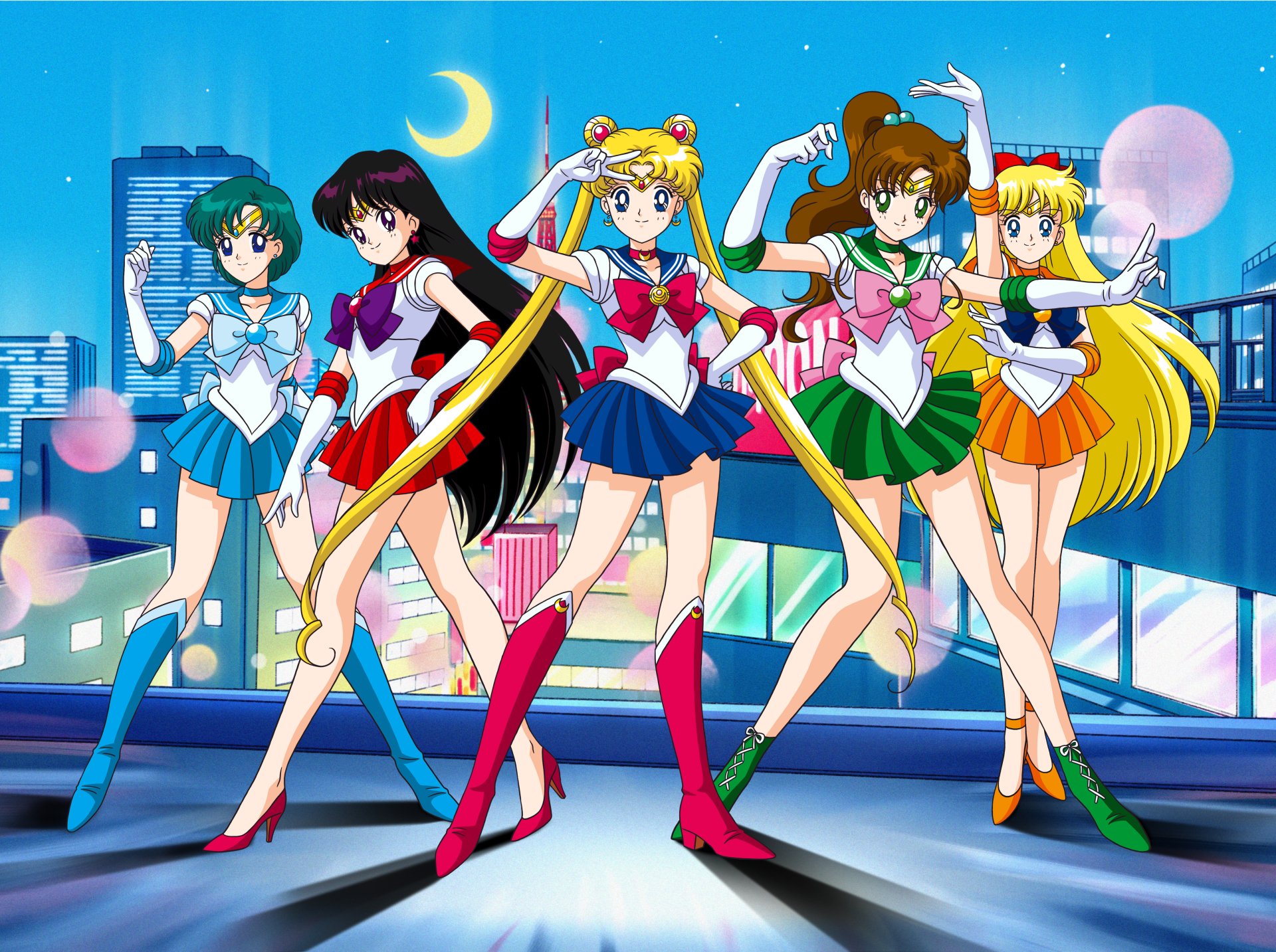Anime, Sailor Moon
What caused Toei Animation to withdraw the licensing of Sailor Moon worldwide?
Sailor Moon, the iconic anime and manga franchise, has been a beloved series for over two decades. The story of a teenage girl named Usagi Tsukino who transforms into the titular Sailor Moon, alongside her fellow Sailor Guardians, to defend Earth against evil forces has captured the hearts of fans worldwide. However, there was a period of more than a decade where Sailor Moon was not readily available for purchase or viewing, leaving fans to wonder what happened behind the scenes to cause this licensing drought.
To understand the situation, we must go back to the early 2000s. DVDs of Sailor Moon were starting to go out of print, and companies such as ADV Films and Pioneer Entertainment attempted to renew their licenses for the series. However, Toei Animation, the parent company of Sailor Moon’s animation studio, was not interested in extending these agreements. This decision was confusing for fans, as the series still had high demand in the market.

Adding to the confusion was the fact that Tokyopop, the publisher of the Sailor Moon manga in North America, also had their license for the series expire, and all attempts to re-license the manga were rejected. By 2005, Sailor Moon was officially out of the US market, and fans were left wondering why Toei Animation, Kodansha (the Japanese publisher), and series creator Naoko Takeuchi had let the franchise fall into licensing hell.
Toei Animation attempted to revitalize the franchise with a live-action adaptation called Pretty Guardian Sailor Moon. While this series was a minor hit in Japan, it was not enough to warrant a second season. Toei wanted to sell the series to other countries, but American companies were hesitant to invest in the series due to the high cost of licensing and the difficulty of editing a live-action show for an American audience.
Naoko Takeuchi, who had always been protective of her creation, decided to take a more active role in discussions about the future of the series. She formed her own company and developed new projects based on her manga. One of her first projects was a re-release of the manga with retouched artwork, which was a massive hit in Japan. She then took a more active role in negotiations about re-releasing the anime worldwide and made a decision with Toei that they wouldn’t re-license the show unless a studio committed to acquiring the entire franchise (excluding the live-action series).
The 25th anniversary of Sailor Moon became the catalyst for the franchise’s revival. Toei Animation announced a new anime adaptation called Sailor Moon Crystal, which would be one of the first Original Web Animations (OWA) in Japan. This announcement was a way for the company to indicate that Sailor Moon was back on the market. After intense negotiations, Viz Media acquired the rights to Sailor Moon Crystal and the entire 90s anime, including the movies and specials. Kodansha agreed to re-release the manga in America.
Since then, Sailor Moon has become more popular than ever. Fans old and new are enjoying the new anime adaptation and the beautiful Eternal Editions of the manga. However, there have been some hiccups in the franchise’s resurgence. Netflix purchased the rights to the recent movies, preventing American fans from seeing them in theaters, and the initial translation by Kodansha was criticized for being spotty. Furthermore, the live-action series remains elusive to American fans.
Despite these setbacks, Sailor Moon’s revival has been a triumph, and the franchise’s enduring popularity shows no signs of slowing down.
We bring out some of the most well-known Sailor Moon collection, all of which are available at reasonable costs. Visit our link now if you are interested in the Sailor Moon collection
Sailor Moon Car Floor Mats, Sailor Moon Symbol Car Mats, Sailor Moon Car Accessories
Sailor Moon Car Floor Mats, Sailor Moon Transformation Car Floor Mats, Anime Car Accessories


Mika Kayama,Maya Tohno,Michiru Kaiou,Minako Aino,Tuxedo Mask
